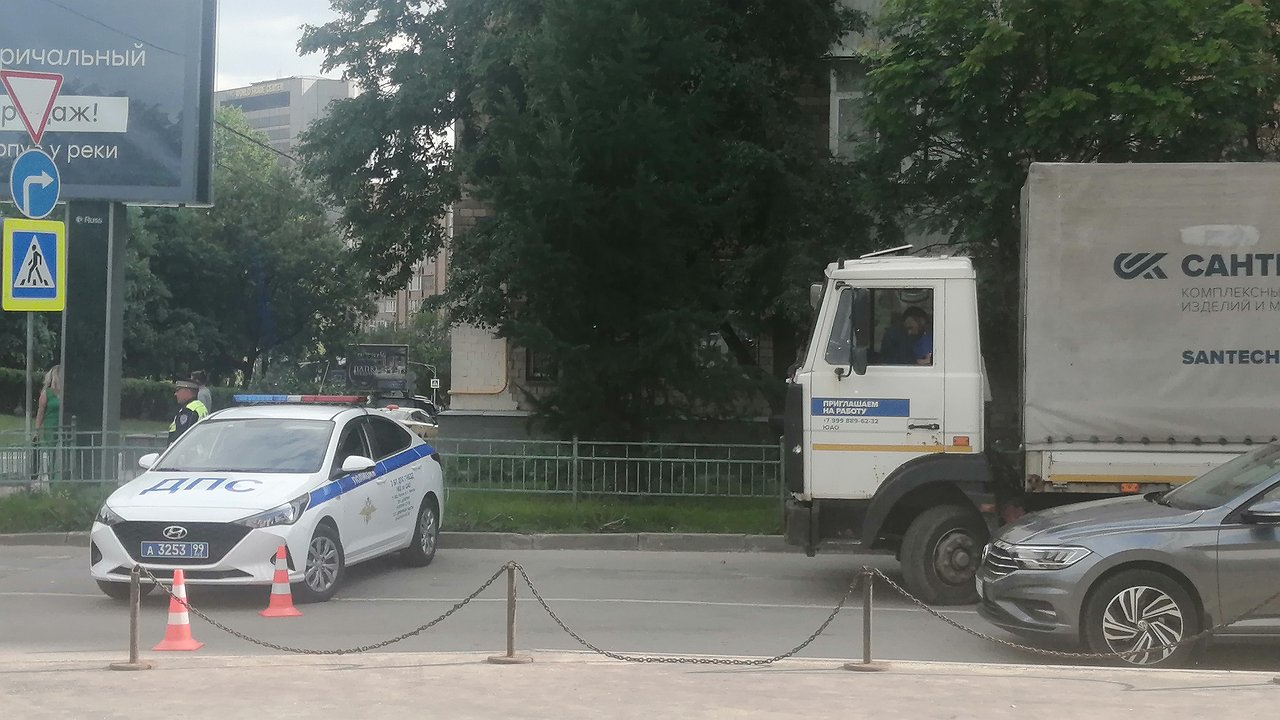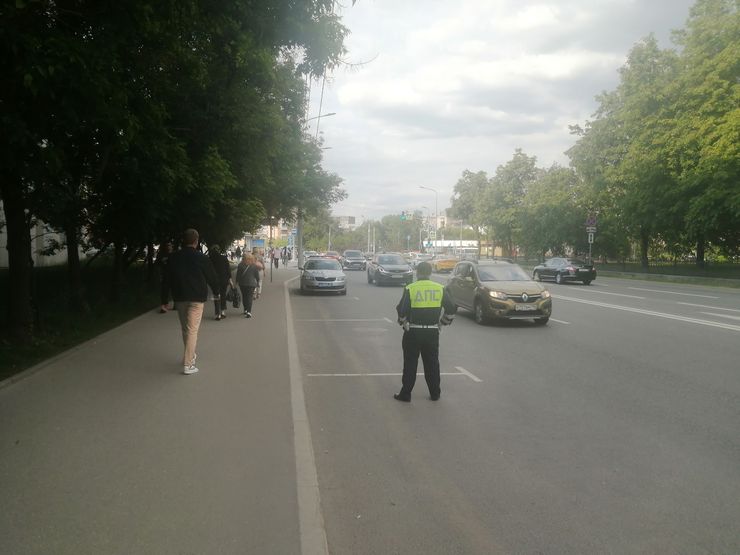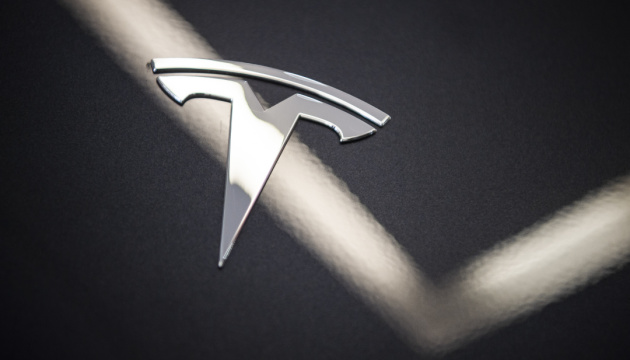Stopping on the road to check the car owner’s documents is the most routine and well-known episode in the relationship between a traffic police officer and a driver. However, most motorists have no idea how “talented” military personnel make their lives easier during this type of communication.
Late last summer, internet specialists and the media went wild, scaring drivers with the prospect of an alleged ban on driving with a DVR installed in the car. They say that changes to traffic rules on this issue will come into effect in the fall, and traffic police will begin to “pressure” motorists en masse. There was an unhealthy hype, but what actually happened on the roads after September 1, 2023?
It was then that the new edition of the List of errors for which the use of the car was prohibited came into force, which bothered many of us, but for millions of Russian drivers it did not really change anything. Although the list of ‘forbidden’ malfunctions on paper has grown. Largely due to the fact that traffic police officers actually violate procedure when stopping a car.
It is easy to verify this. Perhaps every resident of a big city has repeatedly noticed that from spring to autumn frosts, cars can often be seen on the street, as if nothing had happened, rattling with studded winter tires on the asphalt hot in the summer sun. From September 2023, this appears to be prohibited by the new List: driving a ‘peak’ in the summer is actually equivalent to sticking a tint film on the windscreens of a car in terms of the level of ‘crime’. And what do we see? When stopping to check the documents of such cars, traffic police officers do not look at the type and condition of the tires at all.
All their attention is focused on the documents handed over by the driver and his behavior: is the driver drunk? However, this is nothing new. After all, past police officers routinely ignored their duties to check the condition of vehicle tires. The experience of many car owners proves that it is possible to drive on slick tires with almost completely worn treads in both winter and summer. And no road cop will say a bad word to you.
Since September it has also been prohibited to drive with a broken anti-lock braking system. Such a problem is usually indicated by a corresponding signal lighting up on the dashboard. Do you think traffic police officers have started poking their heads into the interiors of stationary cars to keep an eye on this ‘light bulb’? Of course not!
They usually apply approximately the same (that is, indifferent) attitude to LED lamps installed in “halogen” headlights. And most likely, no questions will arise for the owner of a car with heavily tinted front side windows that is stationary at night: who wants to start checking the light transmission, which may not show anything at all in the dark?
This is of course cynical. But it correctly reflects the real priorities: a drunk driver or a car thief is much more dangerous to others than studded tires that destroy the asphalt in the summer!
Late last summer, Internet specialists and the media went wild, scaring drivers with the prospect of an alleged ban on driving with a DVR installed in the car. They say that changes to traffic rules on this issue will come into effect in the fall, and traffic police will begin to “pressure” motorists en masse. There was an unhealthy hype, but what actually happened on the roads after September 1, 2023?
It was then that the new edition of the List of faults for which the use of the car was prohibited came into force, which bothered many of us, but for millions of Russian drivers it did not really change anything. Although the list of ‘forbidden’ malfunctions on paper has grown. Largely due to the fact that traffic police officers actually violate procedure when stopping a car.
It is easy to verify this. Perhaps every resident of a big city has repeatedly noticed that from spring to autumn frosts, cars can often be seen on the street, as if nothing had happened, rattling with studded winter tires on the asphalt hot in the summer sun. From September 2023, this appears to be prohibited by the new List: driving a ‘peak’ in the summer is actually equivalent to sticking a tint film on the windscreens of a car in terms of the level of ‘crime’. And what do we see? When stopping to check the documents of such cars, traffic police officers do not look at the type and condition of the tires at all.
All their attention is focused on the documents handed over by the driver and his behavior: is the driver drunk? However, this is nothing new. After all, past police officers routinely ignored their duties to check the condition of vehicle tires. The experience of many car owners proves that it is possible to drive on slick tires with almost completely worn treads in both winter and summer. And no highway patrolman will say a bad word to you.
Since September it has also been prohibited to drive with a broken anti-lock braking system. Such a problem is usually indicated by a corresponding signal lighting up on the dashboard. Do you think traffic police officers have started poking their heads into the interiors of stationary cars to keep an eye on this ‘light bulb’? Of course not!
They usually apply approximately the same (that is, indifferent) attitude to LED lamps installed in “halogen” headlights. And most likely, no questions will arise for the owner of a car with heavily tinted front side windows that is stationary at night: who wants to start checking the light transmission, which may not show anything at all in the dark?
This is of course cynical. But it correctly reflects the real priorities: a drunk driver or a car thief is much more dangerous to others than studded tires that destroy the asphalt in the summer!
Source: Avto Vzglyad
Donald Salinas is an experienced automobile journalist and writer for Div Bracket. He brings his readers the latest news and developments from the world of automobiles, offering a unique and knowledgeable perspective on the latest trends and innovations in the automotive industry.














